Ancient & Modern Japan
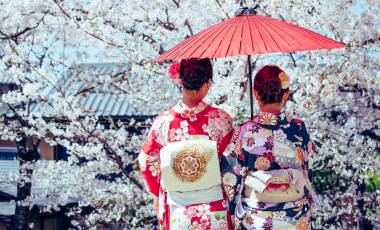
Essential Peru

Discover Mexico

Discover the Baltics
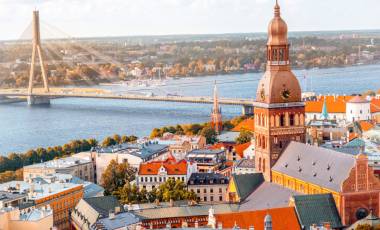
Kingdoms of Jordan - Premium Adventure

Shape your adventure: With Extensions, every beginning and ending is yours to create. Learn More.
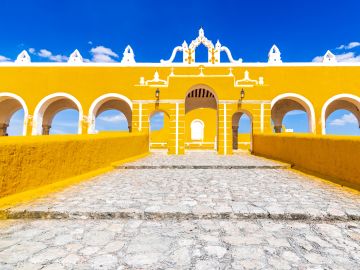
At Exodus, we believe travel begins when you immerse yourself in another culture. And while visiting big hitters such as the Lost City of Machu Picchu in Peru, the majestic Taj Mahal in India and the towering Great Pyramids in Egypt are on everyone’s lists for good reason, there’s also something to be said for the lesser-known cultural sites that are equally as captivating, with fewer crowds. So, for your upcoming cultural adventure, we’ve collected a couple of our favourite cultural sites, that truly live up to the name, “hidden gems”.

On our Ancient and Modern Japan trip, we spend two days visiting the enchanting town of Takayama in central Honshū, Japan. Firmly removed from the neon-bright lights and fast-paced lifestyle of Tokyo, Takayama’s Sanmachi Suji historic district is lined with intricate wooden merchants’ houses dating back to the Meiji and Edo Periods. Colourful Shrines and traditional inns dot the hills, enhancing the picturesque view even further.
But it’s not all about the architecture, Takayama is also known for its array of fascinating cultural museums and the biannual Takayama festival. Dating back to the mid-1600s, the locals come together to celebrate the beginning of Sakura season in spring and the Momiji-gari (“red leaf hunting”) in autumn with vibrant parades featuring ornate, gilded floats and puppet shows. However, if you miss the parade, don’t worry – you can see the fantastic display of traditional, hand-carved floats in the city’s Takayama Festival Floats Exhibition Hall. Another cultural site to visit while you’re here is the Hida no Sato folk village, an open-air museum that features beautiful Edo-period farmhouses. To get there, it’s a quick 10-minute bus from Takayama station. If you’re interested in viewing retro art, the town’s Retro Museum displays objects and memorabilia from the Showa Period (1926-1989).
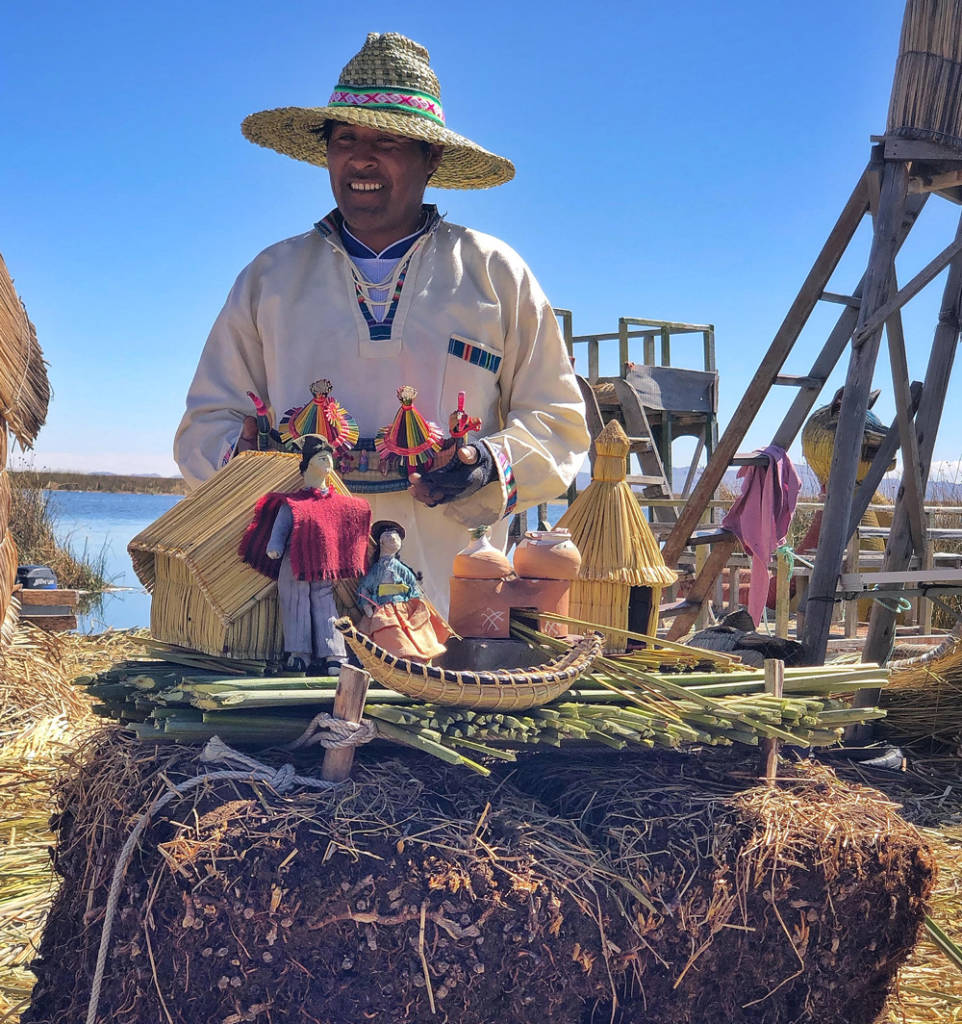
On our Essential Peru trip, you’ll enjoy a traditional homestay experience on one of Lake Titicaca’s largest islands, Amanti Island and take a boat trip to the man-made reed island of Uros the following day. This unique cultural experience is not to be missed when you’re in Peru. Research indicates that the indigenous Uros people migrated to Lake Titicaca around 3,700 years ago. Due to political uprising in the region, particularly with the arrival of the Incas, the Uros evaded their enemies by building man-made reed islands, and continue living on these islands to this day. At present, there are 62 artificial Lake Titicaca Islands housing 1,200 Uros people.
When you visit Uros Island, you’ll hear tales from one of the locals about how they constructed the islands and gain a fascinating insight into their unusual way of life. It can take up to a year and a half to build one man-made reed island, but that island can last for up to 50 years. While they’re rooted in cultural traditions, the Uros people have embraced technology and installed solar panels to generate electricity that helps power ovens and charge their mobile phones. They also hand-make colourful, intricate rugs and cushion covers that tell the unique story of the Uros people, which makes for a fantastic memento of your trip that you’ll not find anywhere else in the country. Supporting their trade is also a good way of giving back to the community by stimulating their economy.

Our Mexico: Mayans, Aztecs & Conquistadors cultural trip has it all. Hitting major sites of historical significance including, the ancient city of Teotihuacan, the Zapotecan site of Monte Alban and the Mayan site of Palenque, we also visit lesser-known cultural spots like the magic town of Izamal. The town was once a Mayan settlement, and its name translates to ‘Place of the God of Medicine’.
The most noticeable thing about the town, however, is its fantastically bright yellow buildings. In 1993, Pope Frances made an important trip to the town, prompting locals to paint the buildings yellow to honour Kinich Kak Moo, a manifestation of the Mayan sun god. One of the most interesting pieces of architecture in the town is the eye-catching Convento de San Antonio de Padua built on top of a destroyed Maya temple. Not only is it one of the oldest Catholic Monasteries in the Americas, but its impressive outdoor atrium is the second largest in the world, after the Vatican!
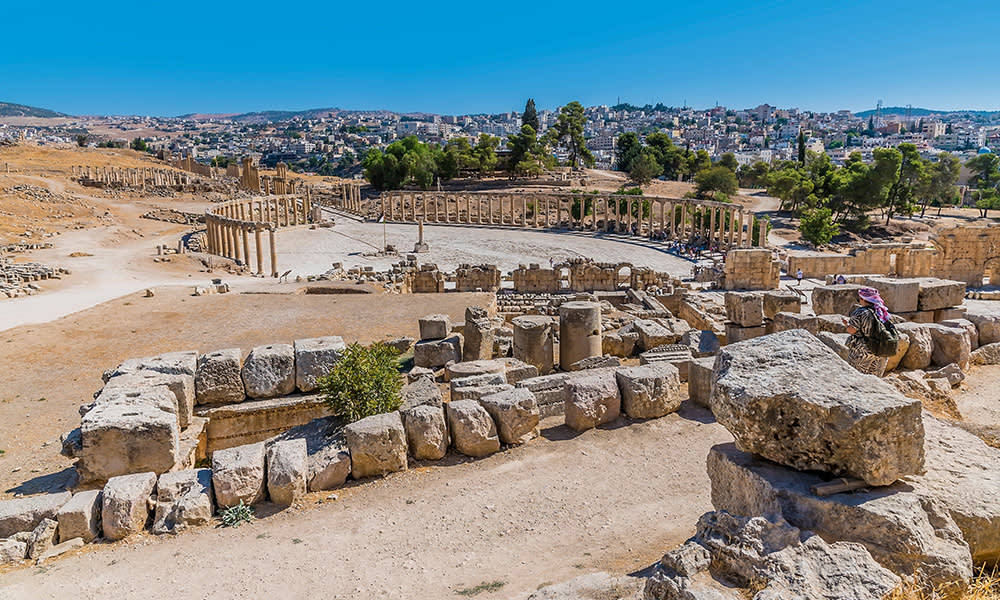
Alongside visiting the iconic Rose Red City of Petra on our Hidden Treasures of Jordan trip, you’ll also spend time exploring Jerash and its incredible ancient city of Gerasa. This archaeological gem is Jordan’s largest Roman site, located 50km north from the country’s capital, Amman, and considered to be one of the best-preserved of the 10 Roman cities scattered around the region.
With plenty of time to explore this feat of Roman engineering, you should visit the 3,000-seat South Theatre built between 90-92AD during the reign of Emperor Domitian and the 2nd century AD North Theatre with its Nymphaeum fountain. Other highlights include the monumental Hadrian’s Arch (built to celebrate Emperor Hadrian’s visit) and the intricate Temple of Artemis with the vast oval forum, which is almost completely encircled by high-standing columns. Behind the arch is the hippodrome, which once hosted chariot races in front of up to 15,000 spectators – you can even see visible chariot marks today!
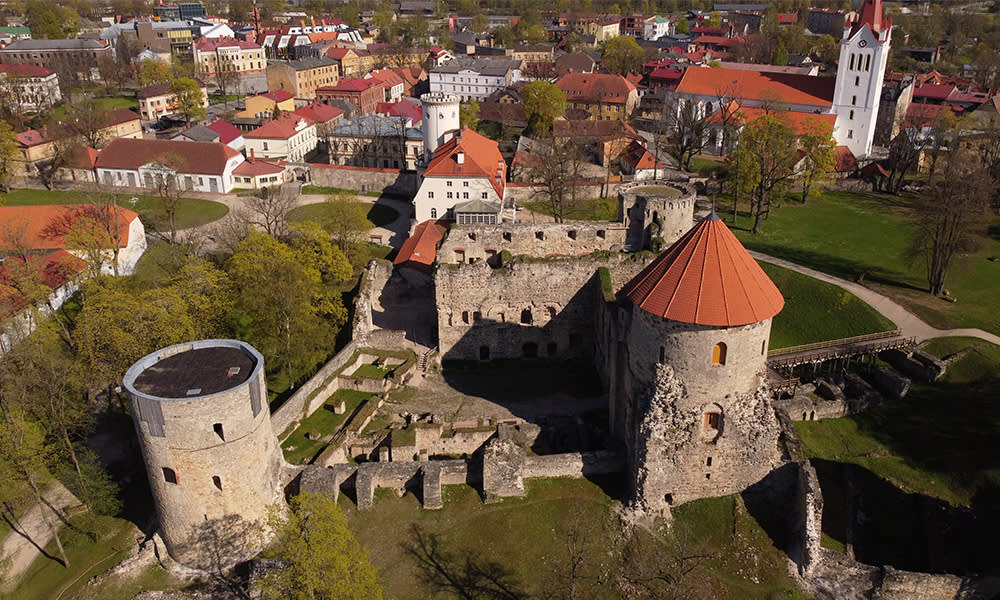
On our Discover the Baltics trip you’ll get the opportunity to explore the picturesque town of Cēsis, located inside Guaja National Park. Known as one of the most traditional towns in Latvia and the centre of arts and culture, there are plenty of things to do in Cēsis, including a visit to the unique Cēsis Castle, which was once the headquarters of the Livonian Order. Built in 1214, this was the residence of the Knights of the Livonian Brothers of the Sword and remained a vital stronghold throughout the centuries up until as recently as 1919, where Estonian and Latvian forces defeated the Germans during the Battle of Cēsis which was a decisive battle in the Latvian War of Independence. On our tour of the Baltics we will visit the castle and its museum in the morning, and then take a guided tour of the buildings.
We also have time on our trip to visit the surrounding Guaja National Park, where there are over 500 cultural and historical monuments to discover, including castle mounds, windmills, churches and manor houses. The surroundings are particularly beautiful in the autumn.
Find out more about our cultural adventures.




